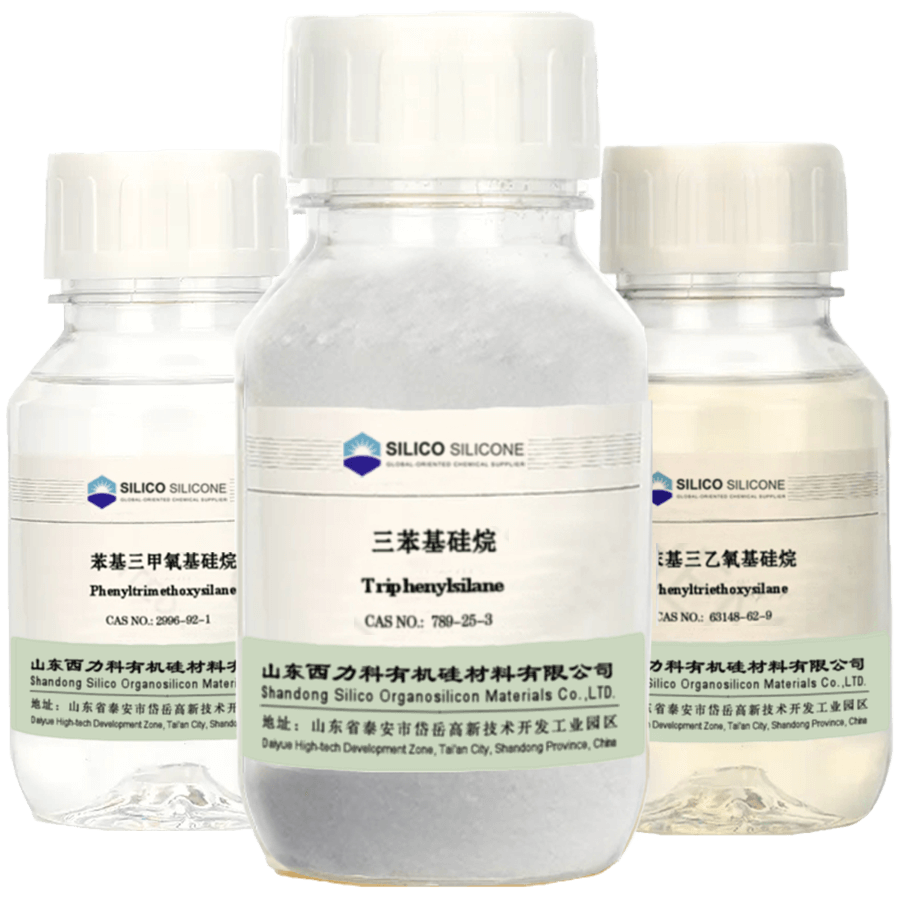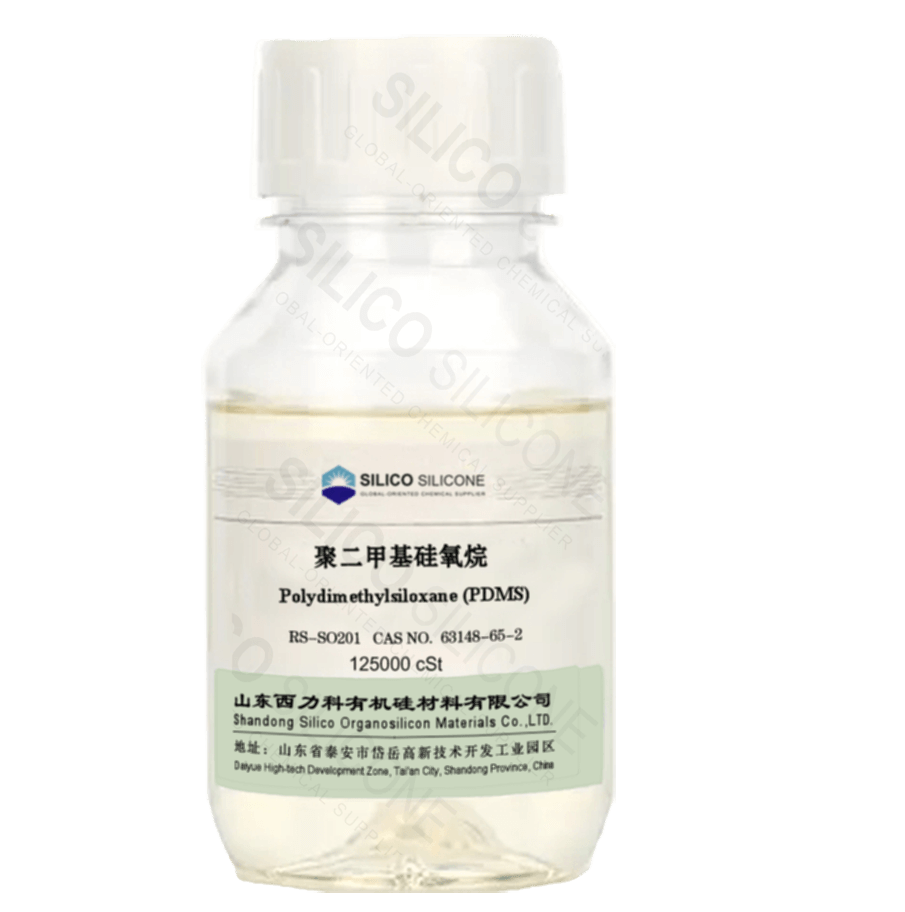Liquid vs. Solid Silicone Rubber: Which One is Best?
- Blog
- June 7, 2009
- 4:46 pm
You may think all rubbers are the same, but that is far from the truth. Silicone rubber is a specialized material with unique properties, making it an indispensable choice across various industries. Whether you require heat resistance, flexibility, or biocompatibility, silicone rubber is a reliable option.
In this article, Silico explains why silicone rubber is a premium material, the key differences between silicone gel and silicone rubber, and how to choose between liquid silicone rubber (LSR) and solid silicone rubber (SSR) based on your specific application needs.
Table of Contents
- Understanding the Difference Between Silicone Gel and Silicone Rubber
- Differences Between Liquid Silicone Rubber and Solid Silicone Rubber
- Key Differences Between LSR and SSR
- Applications of Liquid Silicone Rubber
- Applications of Solid Silicone Rubber
- Partner with Silico for High-Quality Silicone Rubber Solutions
Understanding the Difference Between Silicone Gel and Silicone Rubber
The distinction between silicone gel and silicone rubber lies in their composition, structure, and applications. Silicone rubber is a unique elastomer derived from silicone—a polymer consisting of silicon, oxygen, carbon, and hydrogen. While silicone exists in various forms, including fluids, gels, and resins, silicone rubber is a vulcanized material that offers superior flexibility, durability, and heat resistance.
One of the primary differences between silicone gel and silicone rubber is their applications. Silicone gel is commonly used in lubricants, adhesives, and coatings, whereas silicone rubber is a solid or semi-solid material designed for high-performance applications. Furthermore, silicone rubber is more robust and elastic compared to silicone gel.
Another key distinction is their heat resistance. While silicone gel can withstand moderate temperatures, silicone rubber is engineered to endure extreme conditions without degradation. Additionally, their curing processes differ: silicone gel retains its original state, whereas silicone rubber undergoes vulcanization to enhance its mechanical properties.
Differences Between Liquid Silicone Rubber and Solid Silicone Rubber
Liquid Silicone Rubber (LSR)
Liquid silicone rubber is a fluid material that can be precisely injection molded. It consists of two components that are mixed before being injected into molds. LSR is highly transparent, odorless, and food-safe. It cures without requiring vulcanizing agents or fillers and exhibits excellent heat resistance, low compression set, high elasticity, and biocompatibility. Silico offers an advanced self-adhesive LSR for TPU applications, which adheres to thermoplastic polyurethane without requiring primers or surface treatments. This product is ideal for protective covers, keypads, and seals, showcasing the versatility of liquid silicone rubber.Solid Silicone Rubber (SSR)
Solid silicone rubber is a non-permeable solid material containing polymers with relatively long polymer chains and high molecular weight. In its uncured form, SSR must be processed using conventional methods such as extrusion, compression molding, or transfer molding. It can be formulated with additives, including colorants, flame retardants, conductive agents, and reinforcing fillers, to enhance performance. SSR exhibits exceptional mechanical strength, abrasion resistance, weather resistance, and insulation properties. Silico’s SSR SH-8660 is flame-retardant and can withstand high temperatures up to 250°C for 72 hours.Key Differences Between LSR and SSR
The primary differences between liquid and solid silicone rubber lie in their physical states and processing methods:
LSR is more suitable for intricate shapes, thin-walled components, and applications requiring tight tolerances.
SSR is ideal for large components with thick cross-sections and simple geometries.
LSR has lower viscosity and faster curing time than SSR but tends to be more expensive and has lower tear strength.
Silicone rubber, available in both liquid and solid forms, is renowned for its outstanding properties, including heat resistance, low compression set, high elasticity, and biocompatibility. The choice between LSR and SSR depends on the specific requirements of your application.
Applications of Liquid Silicone Rubber
Liquid silicone rubber (LSR) is widely used across multiple industries, highlighting its versatility and biocompatibility. A reputable LSR supplier should offer customized formulations and specifications to meet unique application needs.
One of the most prominent uses of LSR is in the medical industry, where it is employed in biocompatible devices. These applications ensure the safety and hygiene of medical implants and surgical tools.
In the automotive sector, LSR is essential for manufacturing gaskets and seals, contributing to improved durability and resistance to extreme temperatures and chemicals.
LSR is also extensively used in consumer goods, particularly in kitchenware, such as baking molds and spatulas. These applications enhance the efficiency and enjoyment of cooking and baking.
Applications of Solid Silicone Rubber
Solid silicone rubber (SSR) provides reliable solutions across various industries, showcasing its durability and versatility. Its ability to maintain performance under diverse conditions underscores its significance in modern manufacturing and technology.
In automotive and industrial applications, SSR is widely used for manufacturing robust gaskets and seals.
In electrical components, SSR serves as an insulating material, protecting devices from moisture and improving overall safety.
In medical applications, SSR is utilized in equipment requiring both durability and biocompatibility, ensuring reliable and safe performance.
Partner with Silico for High-Quality Silicone Rubber Solutions
Silico specializes in the research and development of electronic keypad chemical materials, innovative silicone chemistry, electronic polymer materials, and environmentally friendly chemical solutions. We provide customized high-quality solutions for self-adhesive liquid silicone rubber, solid silicone rubber, and other silicone rubber types.
Contact us today to learn more about our products and services!
Popular Recommendations
- Most popular products
Get a Catalog & Best Price
- Quick and helpful reply within 24 hours;
- Tailored solutions provided for your project;
- One-stop purchasing service.
TRENDING
- Address: Daiyue Industrial Area, Taian, Shandong, China


